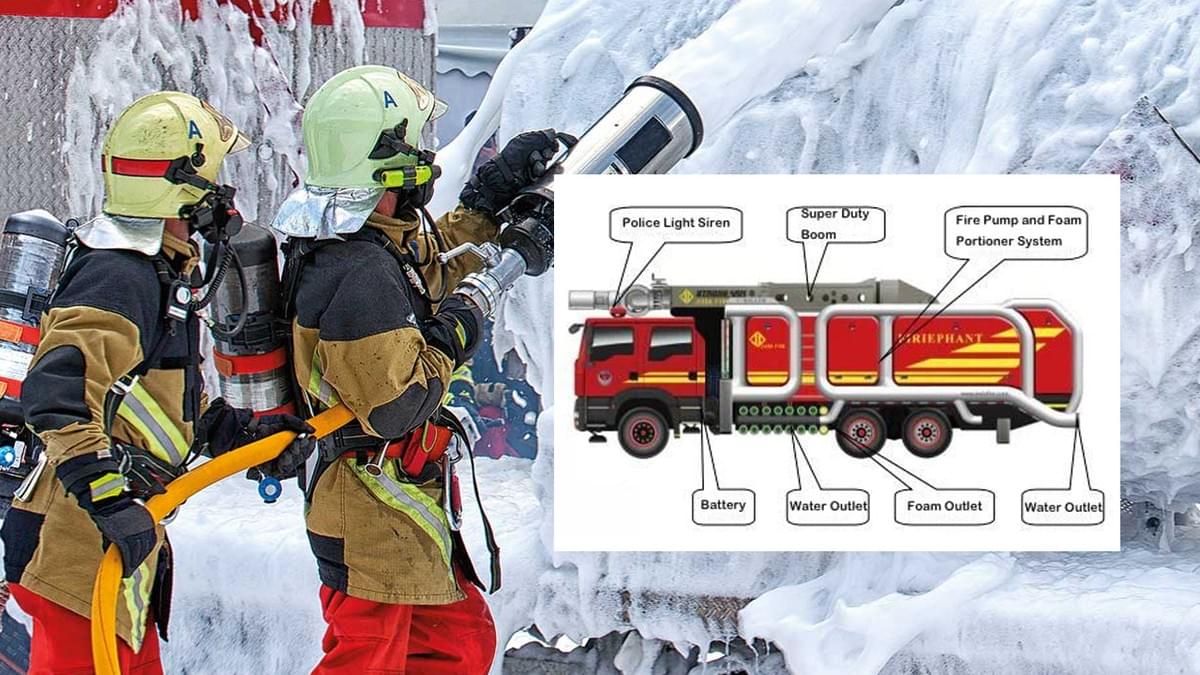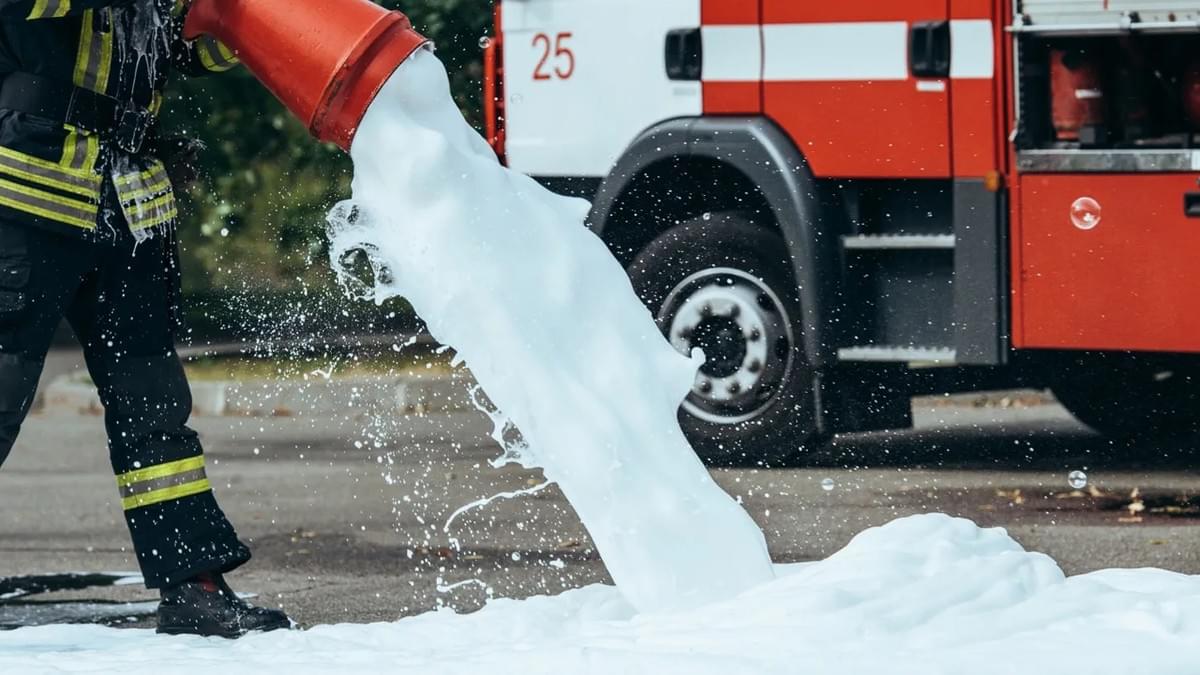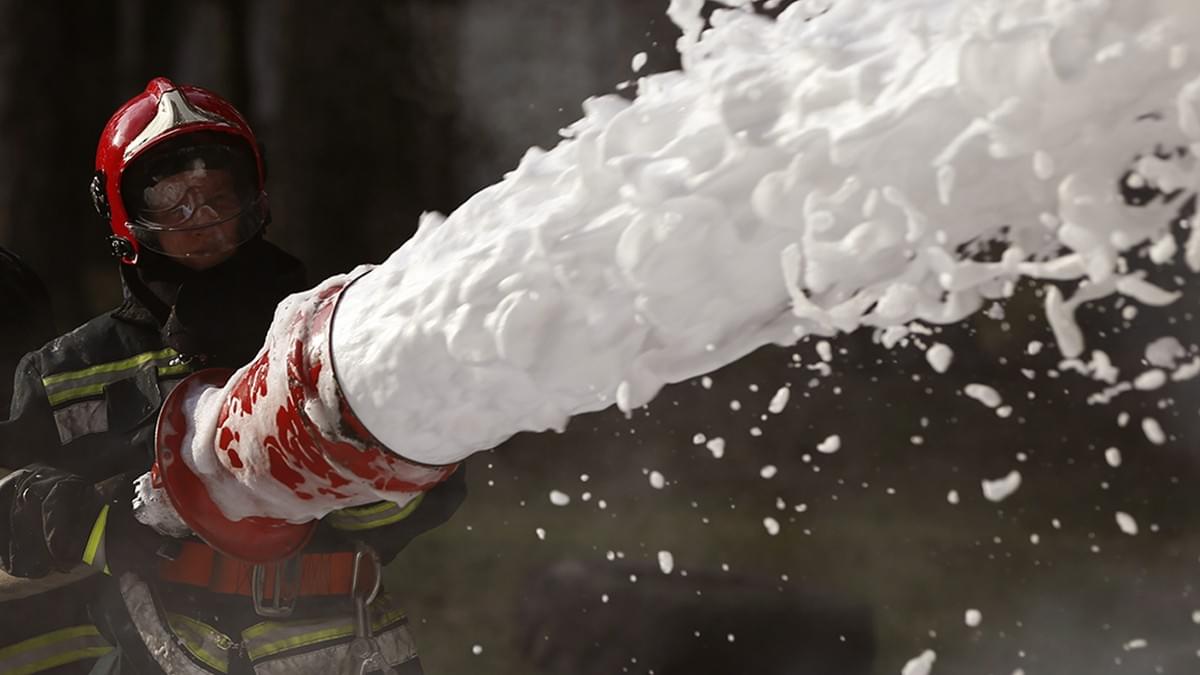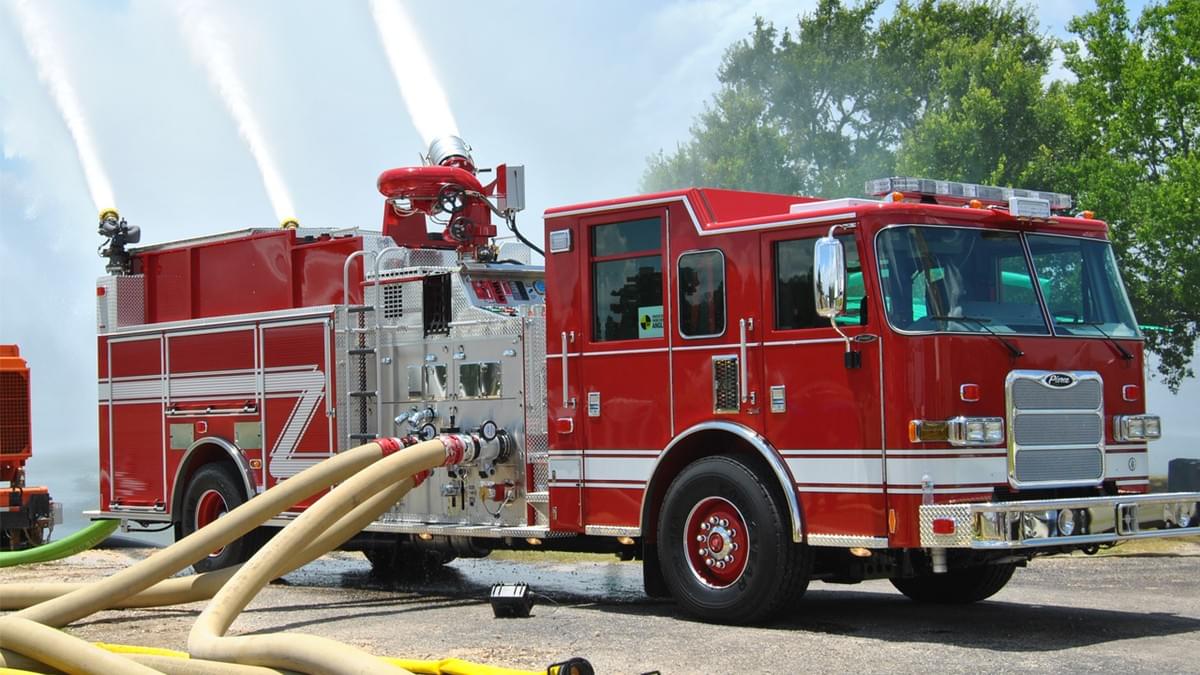Airport fire safety is of paramount importance in maintaining the smooth operation of air travel and protecting lives and property. In the event of a fire, especially those caused by aircraft accidents, the potential for catastrophic consequences is high. One of the most critical pieces of equipment in ensuring swift and effective responses to aviation-related fires is the Foam Fire Truck. These specially designed vehicles are equipped with advanced foam-based firefighting systems and are essential in handling fires that traditional water-based firefighting methods are ill-suited to extinguish.
What is a Foam Fire Truck?
A Foam Fire Truck is a specialized firefighting vehicle that uses foam to suppress fires, particularly those involving flammable liquids such as jet fuel, oil, or chemicals. Unlike conventional fire trucks that rely on water to put out fires, Foam Fire Trucks employ a unique firefighting system designed to combat the specific hazards found at airports. Aircraft fires often involve aviation fuel, which burns at a much higher temperature than standard fires, and the foam used in these trucks can quickly smother flames by cutting off the fire's oxygen supply and cooling the environment. This highly effective firefighting solution is vital for airports to minimize the potential destruction and casualties from aviation-related emergencies.

Why Foam is Essential for Firefighting
Foam firefighting solutions are especially important in high-risk environments such as airports, where fires can escalate rapidly. Aircraft fires, in particular, involve materials that can be difficult to extinguish with water. The unique properties of foam provide several advantages in suppressing such fires:
- Smothering the Fire: Foam works by covering the surface of a fire, creating a barrier between the flames and the surrounding oxygen, effectively suffocating the fire. This is especially crucial in fuel fires, which are often fueled by jet fuel or other flammable liquids that water cannot penetrate.
- Cooling the Fire: Foam also has excellent cooling properties. When applied to a burning surface, the foam absorbs heat, rapidly reducing the temperature of the burning material and preventing the fire from reigniting. This rapid cooling effect is essential in keeping the fire under control while rescue operations take place.
- Preventing Spread: One of the most important aspects of foam is its ability to prevent fire spread. In an airport setting, the risk of a fire spreading to nearby aircraft, buildings, or fuel storage tanks is extremely high. Foam helps contain the fire within a defined area, preventing it from escalating into a larger disaster.
- Environmental Safety: Some newer types of foam are being developed to be more environmentally friendly, reducing the ecological impact of firefighting efforts. Modern Foam Fire Trucks often use foam concentrates that are biodegradable and less harmful to soil and water.

Foam Fire Trucks: The Backbone of Airport Fire Safety
Airports are inherently high-risk environments. With thousands of flights departing and arriving daily, the chance of an emergency involving an aircraft fire is always present. Foam Fire Trucks are indispensable in managing these risks, as they are capable of delivering foam at high pressure over large areas, ensuring rapid and effective fire suppression. Below are the key reasons why Foam Fire Trucks are crucial in airport fire safety:
- Speed of Response: In the event of an aircraft fire, time is critical. The foam application system in Foam Fire Trucks allows firefighters to deploy a large volume of foam almost immediately, significantly reducing the time required to suppress the fire. Quick response time is crucial to minimizing both damage and loss of life.
- Specialized Equipment: Foam Fire Trucks are designed specifically for aviation emergencies, equipped with foam tanks, high-pressure pumps, and foam proportioning systems that can quickly mix and deliver foam. This specialized equipment ensures that airport firefighting teams can manage even the most challenging fire scenarios, such as those involving fuel fires.
- Enhanced Firefighting Capability: Aircraft accidents often involve fires that are hard to extinguish using traditional water-based methods. The foam systems in Foam Fire Trucks are designed to handle these types of fires with ease, ensuring maximum efficiency and safety. The trucks are built to deliver foam precisely where it’s needed, whether on the aircraft’s fuselage or around the perimeter of a fuel spill.
- Protection for Emergency Responders: When fighting fires at airports, firefighters are exposed to extreme heat, hazardous fumes, and dangerous conditions. Foam helps to protect both the responders and the surrounding environment by isolating the fire, preventing it from spreading, and reducing the temperature around the incident area.
Key Features of Foam Fire Trucks
The effectiveness of a Foam Fire Truck is determined by several advanced features that ensure fast, efficient, and safe firefighting operations. These key components include:
- High Foam Capacity: A Foam Fire Truck typically carries large amounts of foam concentrate, often more than traditional firefighting trucks, ensuring the truck can stay operational for longer periods before needing a refill. This is essential when dealing with large-scale fires that require sustained foam application.
- Powerful Pumps and Discharge Systems: Foam Fire Trucks are equipped with high-capacity pumps capable of delivering foam over long distances and heights. This is especially important in aircraft fires, where the fire may be located in hard-to-reach areas or involve multiple points of ignition.
- Advanced Foam Proportioning System: The foam proportioning system automatically adjusts the ratio of foam concentrate to water, ensuring the optimal mixture for maximum fire suppression. This automatic mixing ensures that the foam is consistently effective in dealing with fires.
- Quick Deployment Features: Foam Fire Trucks are designed for rapid deployment. They are equipped with hoses, nozzles, and turrets that allow the firefighting team to apply foam directly onto the fire within seconds of arriving on the scene. The quicker the foam is applied, the faster the fire can be controlled.
- Resilient and Durable Design: These trucks are built to withstand extreme conditions, including high temperatures, debris, and hazardous materials. The robust design ensures that Foam Fire Trucks continue to operate effectively even in the most challenging environments.

How Foam Fire Trucks Are Deployed at Airports
At airports, Foam Fire Trucks are a critical part of the emergency response team. When a fire alarm is triggered, the trucks are dispatched immediately, arriving on the scene as quickly as possible. Upon arrival, the truck’s foam system is activated, and the firefighters begin applying foam to the fire, following the established emergency response protocols.
Foam Fire Trucks are also used in aircraft fire drills and training exercises, ensuring that the firefighting personnel remain prepared for any emergency situation. These trucks are strategically placed across the airport to ensure rapid response, with some airports even deploying multiple foam units at various key points.
Additionally, Foam Fire Trucks work in close coordination with other emergency services, such as medical teams and rescue units, to ensure that both the fire is under control and that any passengers or crew members are rescued safely.
The Importance of Regular Maintenance and Training
To ensure the continued effectiveness of Foam Fire Trucks, it is essential that both the equipment and the firefighting personnel are properly maintained and trained. Regular maintenance checks are crucial to ensuring that all systems, including the foam tanks, pumps, and proportioning systems, are functioning correctly. This is particularly important since failure to maintain any part of the truck’s equipment could delay the fire suppression process during an actual emergency.
Training is equally important. Airport fire brigades undergo continuous training to improve their response times and familiarity with various emergency scenarios. This includes training in the effective use of Foam Fire Trucks, how to quickly deploy the foam system, and how to operate in high-pressure and hazardous situations.
The Future of Foam Fire Trucks
As technology continues to evolve, so does the field of firefighting. In the future, Foam Fire Trucks will likely incorporate even more advanced technology, including:
- Eco-Friendly Foam Systems: The industry is shifting towards using more environmentally friendly foam concentrates that are biodegradable and non-toxic, reducing the environmental impact of firefighting efforts.
- AI and Automation: Future Foam Fire Trucks may be equipped with AI-driven firefighting systems that can automatically assess fire hazards and determine the optimal foam deployment strategy. This could enhance decision-making and response times in critical situations.
- Advanced Communication Systems: Integration with smart airport systems could allow Foam Fire Trucks to communicate with other emergency response vehicles, streamlining the coordination of firefighting efforts across the airport.
- Electric and Hybrid Foam Fire Trucks: As sustainability becomes more important, there is potential for the development of electric or hybrid foam fire trucks, reducing fuel consumption and emissions.

Choosing the Right Foam Fire Truck for Your Airport
When selecting a Foam Fire Truck for an airport, several factors must be considered. The size and layout of the airport are important, as larger airports may require trucks with greater capacity and range. The types of aircraft that operate at the airport also play a role, as different aircraft may have specific fire - fighting requirements.
The foam type and capacity of the truck are another key consideration. Airports with a high volume of flammable liquid storage may need trucks with larger foam concentrate tanks and the ability to use more effective foam types. The truck's pumping capacity and discharge options must also be matched to the airport's potential fire risks.
It is also important to choose a Foam Fire Truck from a reputable manufacturer with a proven track record in producing high - quality fire - fighting equipment. The manufacturer should provide comprehensive support, including maintenance services, training, and access to spare parts. This ensures that the truck remains in good working order and that firefighters have the support they need to operate it effectively.
Foam Fire Trucks are indispensable for ensuring the safety and efficiency of airport fire response teams. Their specialized foam systems, combined with powerful pumps and quick-response capabilities, make them an essential tool for tackling aviation-related fires. Whether responding to an aircraft fire, a fuel spill, or any other emergency, Foam Fire Trucks provide the speed, efficiency, and safety needed to protect lives and property at airports.
As airports continue to grow, and as the aviation industry evolves, the role of Foam Fire Trucks will remain critical. Ongoing advancements in technology, environmental considerations, and firefighter training will further enhance the effectiveness of these vital vehicles, ensuring that airports are always prepared for the unexpected.

